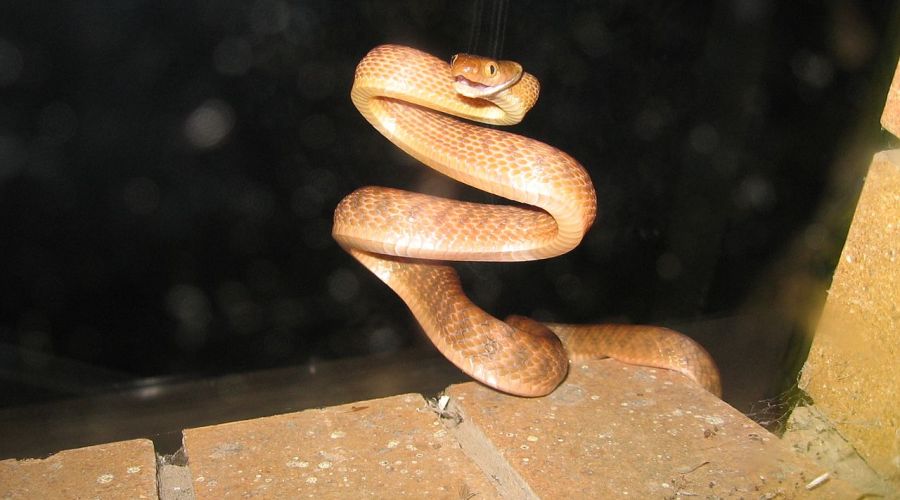Invasive reptile and amphibian species are causing damage worth billions of dollars worldwide

Biological invasions by herpetofauna (i.e. amphibian and reptile species) are numerous and widespread. They have caused severe impacts on ecosystems, the economy, and human health. In the last decades, invasive herpetofauna has gained great interest on various platforms (e.g. social media, movies etc.) due to their diverse impacts on different sectors of society. Some of the most prominent impacts are (i) the extirpation or reduction of native species due to depredation, (ii) the spread of diseases such as chytridiomycosis caused by Batrachochytrium dendrobatidis and B. salamandrivorans and (iii) socio-economic (e.g. agricultural productivity declines) or healthcare costs. For example, the common coqui frog Eleutherodactylus coqui has led to declines in property values in areas infested due to its extremely loud mating song.
In our paper, we synthesised for the first time the economic costs of invasive herpetofauna worldwide between 1986–2020 using the most comprehensive database on the economic costs of invasive alien species worldwide (InvaCost). The cost of invasive herpetofauna totalled 17.0 billion US$ between 1986 and 2020, split into 6.3 billion US$ for amphibians, 10.4 billion US$ for reptiles and 334 million US$ for mixed classes (both amphibian and reptile species). However, these costs were associated predominantly with only two species (brown tree snake Boiga irregularis and American bullfrog Lithobates catesbeianus), with 10.3 and 6.0 billion US$ in costs, respectively. Costs for the remaining 19 reported species were relatively minor (< 0.6 billion US$). Geographically, Oceania and the Pacific Islands recorded 63% of total costs, followed by Europe (35%) and North America (2%). The activity sector most affected by amphibians was authorities-stakeholders (i.e. managers) through management (> 99%). For reptiles, the impact was reported mostly through damages to mixed sectors (65%).
Our results reveal worldwide the massive economic cost of herpetofauna invasion. While we recognise that not all herpetofauna species may cause economic costs, it is surprising that 94% of the non-native species did not have the economic costs reported, indicating a possible taxonomic bias. Geographically, also Africa had no reported costs. We propose the compilation of national lists for species facing import and selling bans, better screening for potentially harmful species and a more comprehensive effort to obtain information on the actual and species-specific costs. Our research highlights the importance of these measures to prevent future immense economic costs.
More detailed information can be found in the original article: Soto, I., Cuthbert, R. N., Kouba, A., Capinha, C., Turbelin, A., Hudgins, E. J., ... & Haubrock, P. J., 2022. Global economic costs of herpetofauna invasions. Scientific Reports 12(1), 10829. https://doi.org/10.1038/s41598-022-15079-9
Our contribution has already gained considerable attention in the media, are we are working on highlighting these issues even further (e.g. here).
Written by: M.Sc. Ismael Soto Almena



